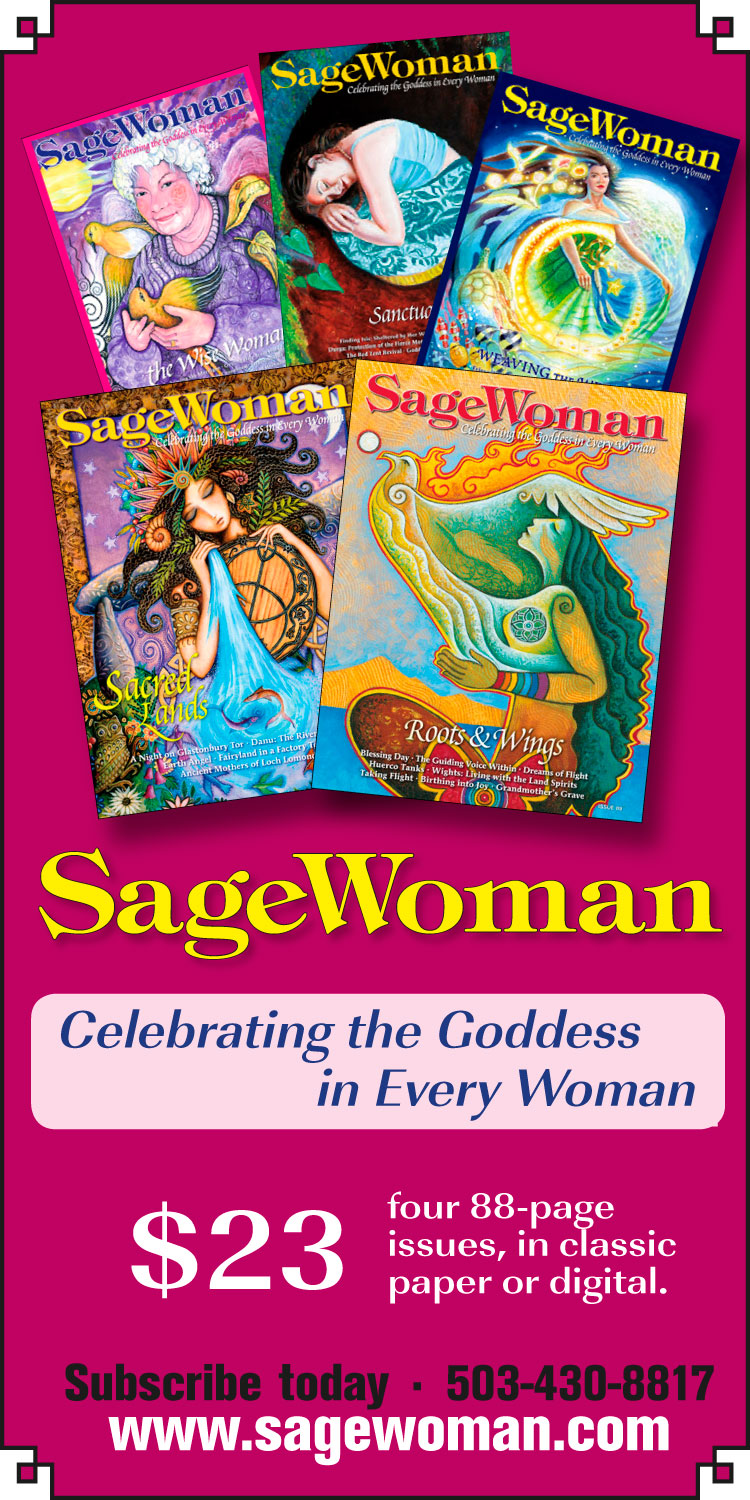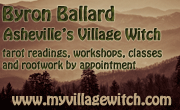Gnosis Diary: Life as a Heathen
My personal experiences, including religious and spiritual experiences, community interaction, general heathenry, and modern life on my heathen path, which is Asatru.
Writing a Poem Heathen Style
Composing poetry in the style of ancient heathen literature follows a few basic rules which are unlike the rules of composing modern rhymed poetry or free verse. One does not have to compose in the ancient style to use poetry in a heathen context, of course. One could write galdr (spells) and poems for sumbel (toasts) and other uses of poetry in any style one wishes and have them be just as good and just as effective. But if you want to write in modern English in the manner of the ancient heathens, here are the basic rules.
Rule 1: There is more than one correct style. (But I'm just teaching the basic style.)
Historical heathen styles include fornirdhislaug, malahatr, oh you want modern English? The most formal, complicated style was the kind skalds used for songs and court poetry. Most of the long story poems were written in a looser, more forgiving style. I'm going to teach you the most basic, easiest version of heathen style poetry.
Rule 2: There is more than one way to write the double-barrelled line.
You can put both barrels on the same line or on two separate lines. I usually write them on the same line. An example of a line of alliterative poetry written both ways:
A. A fine example of early English
B. A fine example
of early English
Rule 3: Heathen poetry alliterates
Instead of rhyme-- the same syllable at the end of succeeding lines-- heathen poetry alliterates. That is, multiple words in one double barrelled line start with the same sound.
For the most part, you can find words that alliterate with your target word just by flipping through a dictionary. If you look carefully at the previous sentence, you can see where that method breaks down: the words that, target, and through all start with different sounds even though they start with the same letter. It's the sound that's important. Remember, alliterative poetry was largely used by cultures with an oral tradition.
Heathen poetry also has a few peculiarities in its alliterative rules. Firstly, the sounds s, st, and sp don't alliterate with each other. They are all considered separate sounds. Secondly, all vowels alliterate with all other vowels. The case of the English letter y has to be considered by the sound; the y in yellow is a consonant, and that sounds does not alliterate with vowel sounds.
Rule 4: the double barreled line has 2 stresses per barrel
An example of a line of poetry with the stresses emphasized:
BUY my BOOK and BE enLIGHTened.
That line has four stresses, two per barrel.
Rule 5: 3 out of the 4 stresses should alliterate.
The fourth stress isn't supposed to match. You can move the position of the unmatched stress, but it's typically in position 3 or 4. For example:
Position 2:
The danger noodle dangled down.
Position 3:
The murder mittens grasped a mouse.
Position 4:
Again the internet uses kennings.
Rule 6: Only stressed syllables are counted.
Sometimes ancient heathen poetry will have a line with only 2 alliterations, or a short line. But lines like this are both considered to have the right number of stresses and alliterations:
A. I ate all the bread. (I ATE ALL the BREAD.)
B. I ate up all the bread and ale. (i ATE up ALL the BREAD and ALE.)
Rule 7: A typical stanza has 8 double barreled lines.
There are many variations, but that's a common stanza length. You can write a one stanza poem, or make your own 100 page saga! You have everything you need to get started now.
In the early days of the heathen revival, many heathens tried to write poetry using only Germanic-derived words. It's an interesting exercise, but it isn't necessary. You can choose to try that or not.
Have fun and happy writing!
Image: a page from my hand calligraphed book, with the word Poetics at the top. Photo by Erin Lale.
Comments
-
Please login first in order for you to submit comments




















